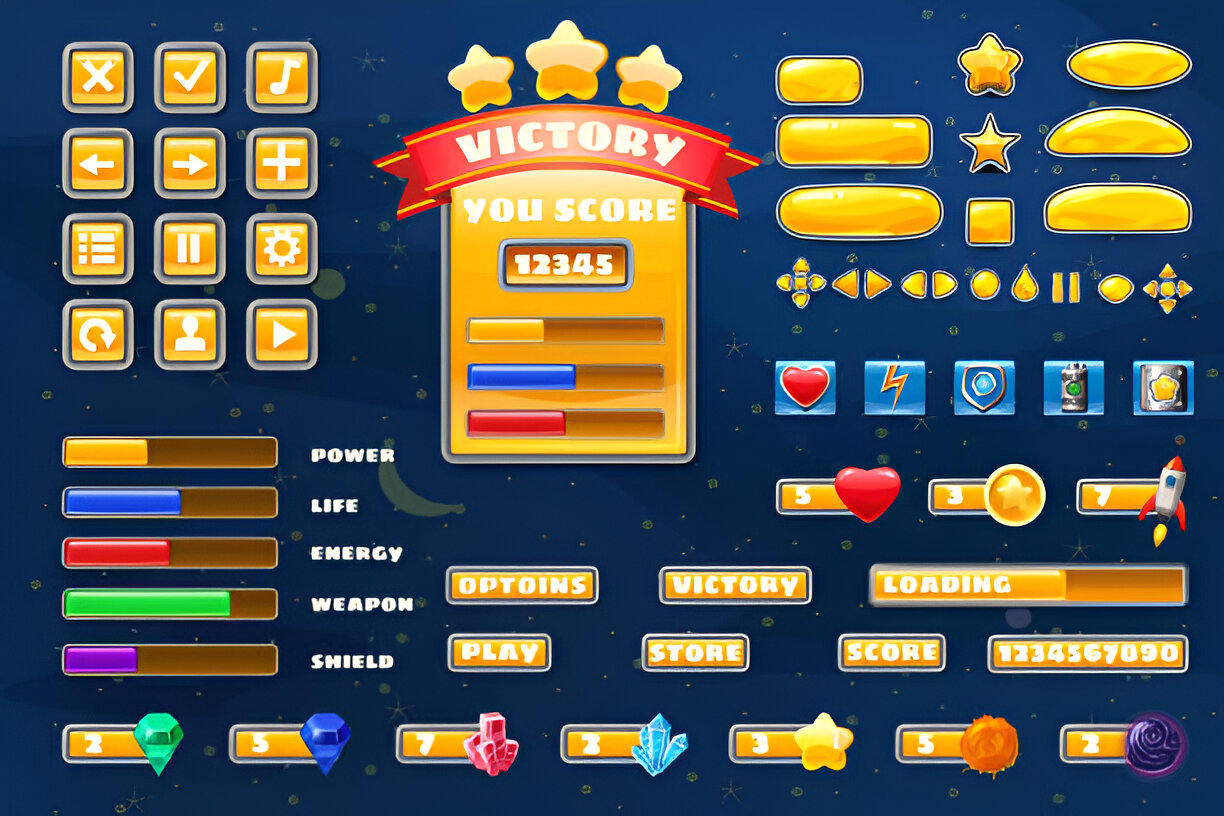Most teams don’t have a “notification strategy.” They have a pile of alerts that grew organically – marketing wants one, product adds three, support sneaks in a “critical” banner – and suddenly your app pings like a pinball machine. Users mute everything, your most important messages get ignored, and engagement quietly decays. We can do better.
A surprisingly useful teacher here is the humble mobile mini-game. The best ones keep millions of people informed and motivated using short, context-aware nudges that feel optional, not oppressive. If you want a neutral catalog of mechanics to scan for inspiration, you can read more examples of simple game loops and pacing patterns and translate them into SaaS-friendly rules. Below is a practical playbook – what to borrow, what to avoid, and how to ship changes without breaking trust.
Why the “pushy” feeling happens (and how games dodge it)
People don’t reject notifications; they reject irrelevance and surprises. Casual games blunt both by aligning three things: state, value, and timing.
- State: the system knows where you are in the journey – new, returning, lapsed – and talks accordingly.
- Value: each message promises something concrete you can do in under a minute.
- Timing: nudges arrive when you can act (after a session, not during; near a daily rhythm, not at 3 a.m.).
SaaS teams often invert that order: they lead with what they want to announce, then blast it at a convenient time for them, regardless of user state. Flip it. Let the user state choose the message, not the other way round.
Five lessons to borrow (no confetti, just craft)
1) Session borders are sacred.
Games avoid interrupting core flow unless it’s life-or-death. Copy that: don’t fire an out-of-band push while a user is mid-task. Save nudges for session edges – on open, on idle, or on close – so you never steal focus. Inside the session, prefer inline toasts that wait politely for the next safe moment.
2) Make the next action one tap away.
Good game notifications aren’t essays; they’re doors. In SaaS, that means deep-link to the exact screen with the exact context pre-filled. “Report is ready → View report” beats “Your report is ready” plus a treasure hunt.
3) Cadence follows the outcome, not the calendar.
Games don’t ping every Tuesday; they ping when there’s something meaningful to do – energy refilled, daily challenge unlocked, new world available. Mirror that with event-based triggers: “Your export finished,” “Stakeholder commented,” “Threshold breached.” Calendar drips are seasoning, not the meal.
4) Let silence be a feature.
Smart games offer quiet hours and per-channel toggles. In B2B, go further: respect working hours by default; offer “only business-critical” modes; let admins set org-wide quiet schedules. If a user or company chooses silence, treat it as success, not a lost KPI.
5) Keep promises small and true.
Nothing destroys trust faster than a grand headline that resolves to a dead end. Write notifications like command palette entries: short verb + object. Save adjectives for marketing emails.
A minimal architecture that prevents spam by design
You don’t need a notification monolith; you need three simple layers that talk clearly:
- Events – facts from your product (“invoice_submitted”, “model_training_completed”).
- Rules – who should hear about which event, under which conditions (role, team, importance, time).
- Channels – where the message goes (push, email, in-app, webhook), with per-user and per-org preferences.
Add two safety rails:
- Suppression: deduplicate bursts (collapse 15 alerts into one roll-up), add cool-downs (“no more than one push per 30 minutes per category”), and pause downstream sends during incidents.
- Idempotency: tag messages with stable IDs so retries don’t multiply pings.
This lightweight split keeps product teams shipping events while lifecycle/marketing owns copy and targeting – without stepping on each other.
Writing copy that feels like help, not hype
Tone does a lot of heavy lifting. Borrow these game-tested habits:
- Lead with the verb. “Share access with Dana” beats “Team Access Update!”
- Quantify the promise. “Export ready (2,314 rows)” creates confidence and reduces clicks.
- State the consequence of inaction only when it truly matters (“Trial ends in 24h – billing will pause”).
- Mirror the UI. Use field names and button labels users will see after tapping; don’t rename the world at the door.
A notification is a contract. The headline is the scope; the tap is the fulfillment. Keep them aligned.
Metrics that matter (and the two you should stop chasing)
Healthy notification systems are quiet and effective. Track:
- Open-to-action rate (did the user complete the thing we asked?).
- Time-to-action (how long from tap to completion?).
- Suppressed vs. sent (if suppression is low, you might be under-notifying; if it’s high, you’re noisy upstream).
- Opt-down reasons (read the free-text – copy issues hide here).
Stop fetishizing raw open rate and total sends. They inflate when you annoy people.
A calm 30-day rollout you can run without drama
- Week 1 – Inventory and intent. List the top 20 notifications you send. For each, write the intended user action in one line. Kill any message that doesn’t map to an action.
- Week 2 – Event first. Refactor three noisy flows into event-based rules with suppression (roll-ups, cool-downs). Add deep-links.
- Week 3 – Preferences. Ship the three-mode picker, org-wide quiet hours, and an audit log so users can see why they received each message.
- Week 4 – Copy and measure. Rewrite headlines to verb-first; add concise bodies only when needed. Start tracking open-to-action and time-to-action; prune anything that underperforms for two weeks.
Document one win per week so your team sees the change curve.
Edge cases: when you Should interrupt
There are moments where interruption is the product:
- Irreversible risk (security, fraud, permanent data loss).
- Live collaboration collisions (two people editing the same critical object).
- Time-boxed compliance (approvals with regulatory deadlines).
Even here, offer a second channel if the user opted into silence – e.g., in-app banners that wait for the next open.
Bringing it all together
Casual games survive by being polite to attention. They place nudges at the edges of sessions, keep promises tiny and true, and let silence be a feature. When SaaS copies those habits, user trust goes up and the important messages get through. Start with session borders, deep-links, and a three-mode preference panel. Add suppression so you never send the same thing twice in a sprint. Measure actions, not opens. And keep your writing calm: a clear verb and a meaningful outcome will always outperform fireworks.
Bottom line: the best notification systems feel like a courteous teammate – visible when you need them, invisible when you don’t. Build yours that way and both your users and your metrics will breathe easier.






